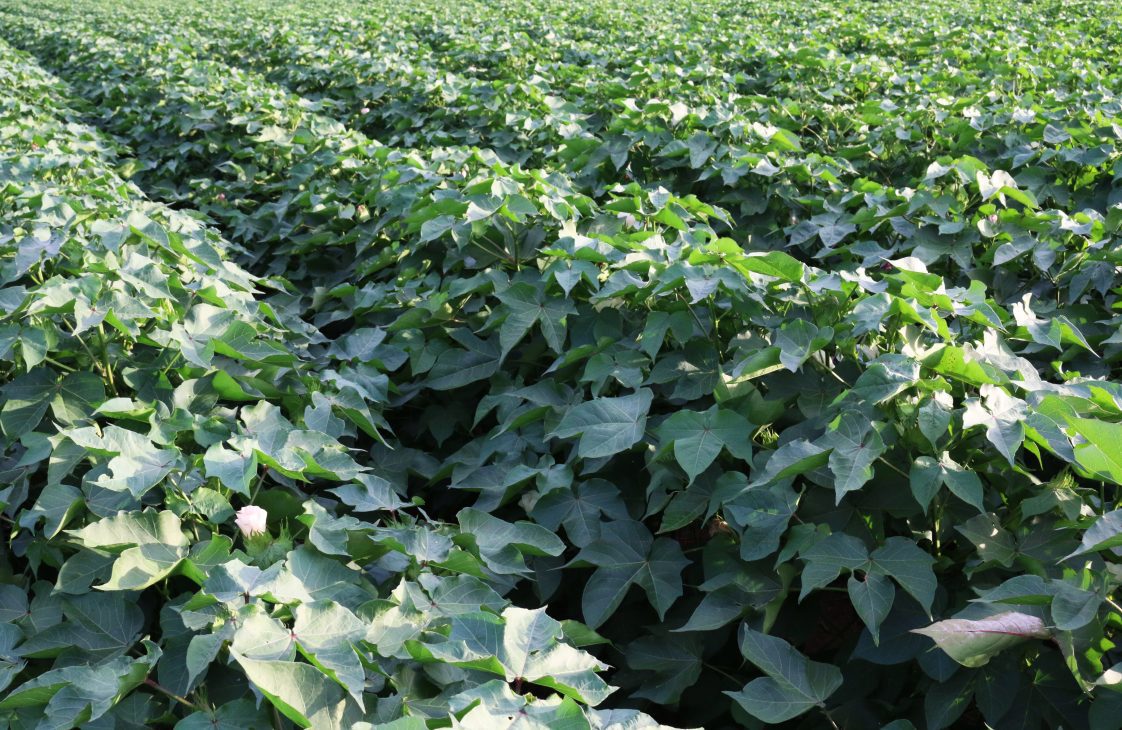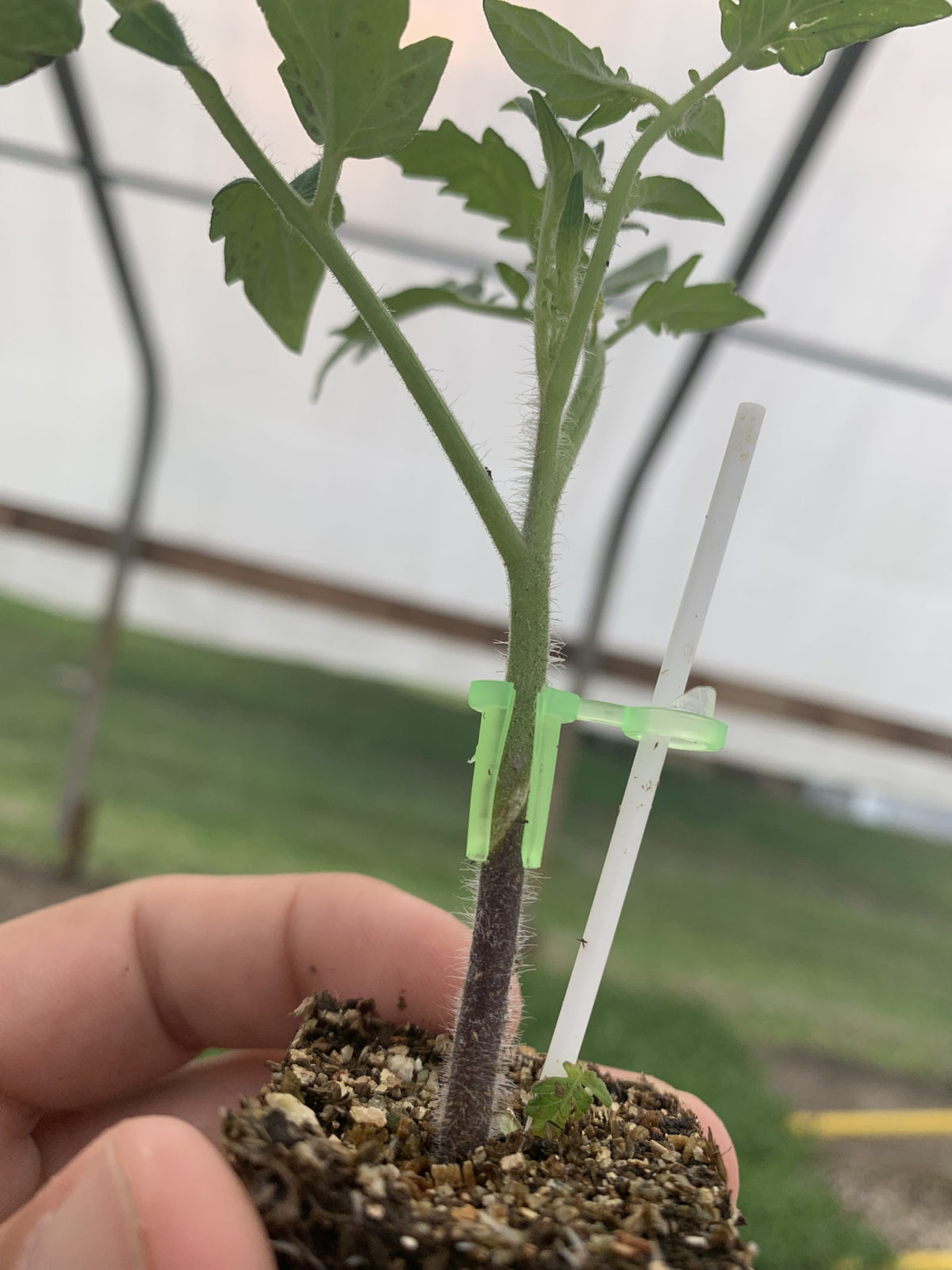AUBURN UNIVERSITY, Ala.—The Agriculture Improvement Act of 2018 is set to expire Sept. 30. An Alabama Cooperative Extension System economist said the act, also known as the farm bill, has more than just an agricultural impact on Alabamians. Adam Rabinowitz is expecting house and senate committees to begin releasing bill drafts in late August near the end of the congressional …
Yellow-Legged Hornet a Threat to Agriculture
By Clint Thompson The presence of the yellow-legged hornet in Georgia has specialty crop producers in the Southeast on high alert. Their presence is a threat to the region’s honey bee population and subsequent crops that rely on honey bees for pollination, explains Katelyn Kesheimer, Auburn University assistant professor and Extension specialist. “Similar to what people were calling the murder …
Upon Further Review: Grafting Tomato Plants Benefits Growers Long Term
By Clint Thompson Grafting tomato plants may be an expensive venture for commercial growers, but they will be the ones laughing at the end, capitalizing with fruit when supply is limited. Jacob Kelley, Alabama regional Extension agent, encourages his producers to adopt the practice to help overcome diseases that are prevalent in South Alabama. “A lot of these diseases and …
Farmers Be on Alert for Corn Earworm
By Clint Thompson Alabama sweet corn producers should be mindful that corn earworm populations are spiking and pose a threat to their crop. Katelyn Kesheimer, Auburn University assistant professor and Extension specialist, talked about the insect and described what growers are seeing this year. “It was hit or miss depending on if you got hit with some of those major …
Alabama Producers Switching to Fiber Hemp
By Clint Thompson Hemp production has hit a crossroads in Alabama this year. The number of hemp producers in the state has decreased dramatically since when the crop was first produced. However, more growers are starting to transition to producing the crop for fiber hemp instead of floral hemp. Katelyn Kesheimer, Auburn University assistant professor and Extension specialist, discussed the …
Agricultural Water and Regulatory Updates for Produce Growers
By Camila Rodrigues Food-safety regulations are constantly evolving to ensure food is safe and free from harmful contaminants. One area that has received increased attention in recent years is water used in food production and processing. Water is an essential component for the production of raw agricultural commodities. It is used to irrigate crops, clean equipment and facilities, and wash …
Pros and Cons of Controlled Environment Agriculture
By Kristin Woods and Camila Rodrigues Controlled environment agriculture (CEA) is a system in which plants are grown intensively within a temperature, water, light and carbon dioxide-controlled environment that can be used to optimize plant production and use of resources. The CEA growing method is sometimes promoted as more environmentally friendly, due to the more efficient use of nutrients and …
Interplanting Ornamentals With Vegetable Crops
By Ayanava Majumdar, Olivia Fuller and David Lawrence Small farms are diversified farms that grow many crops in a limited space. One question that is asked very commonly is whether it is advisable to interplant ornamentals with vegetable crops, also known as companion planting. It is somewhat common to see ornamental plants in rows with vegetables, for example, in high …
Food Recalls vs. Outbreaks: What Growers Need to Know
By Camila Rodrigues The number of news stories on produce recalls from retail stores and outbreaks related to contaminated food have increased in recent years. These include recent cases of hepatitis A linked to fresh strawberries and several cases of E. coli outbreaks linked to romaine lettuce. The terms “recall” and “outbreak” can be very confusing since they are commonly …
How to Manage Early-Season Caterpillars
By Ayanava Majumdar When summer temperatures are soaring and you are hot and sweaty, all caterpillars may look the same. But look carefully inside the crop canopy, especially in fruit-bearing vegetables. Depending on your location, the sequence of insect pests could be different, so have a conversation with your Extension agent about what they are seeing. WHAT TO WATCH FOR …












